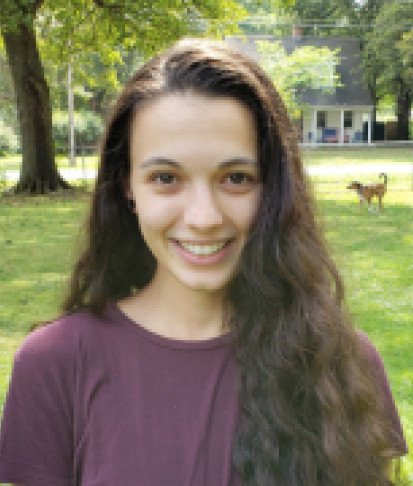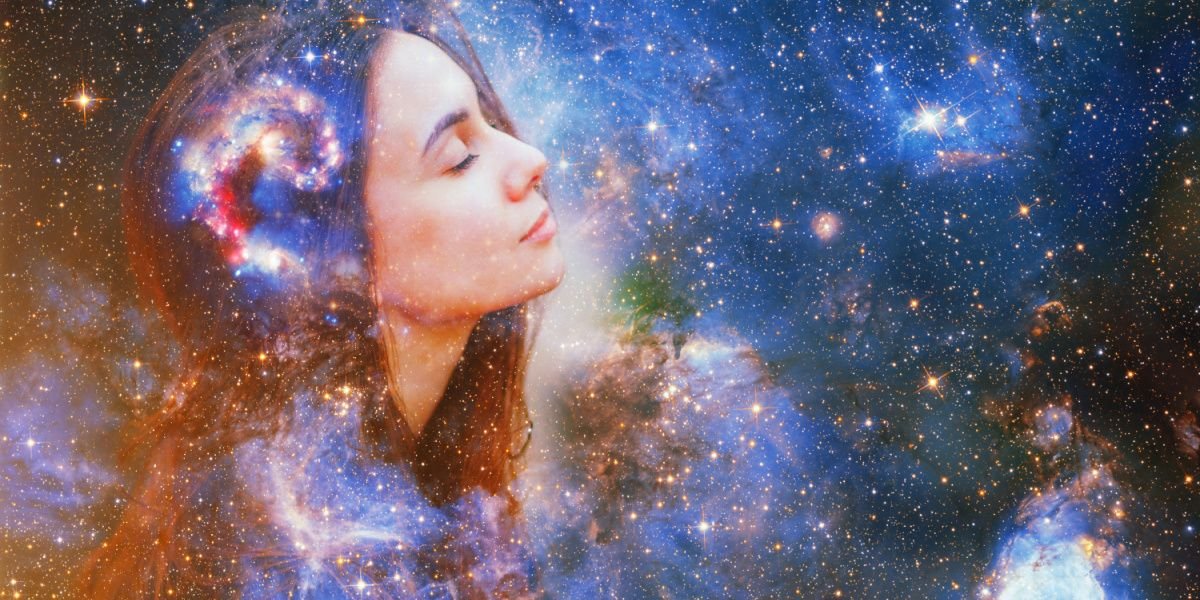Creativity is the ability to have ideas or make objects that are somehow surprising, novel, and valuable.[1] This includes everything from scientific breakthroughs to works of art. Creativity requires going beyond what is already understood and accepted and finding novel ideas and ways of working.
Many creative breakthroughs or works of art have been attributed to the use of psychedelic substances. There is a widespread perception that psychedelics can help us break out of existing patterns of thinking and be more creative, but how far is this supported by science?
Here’s everything you need to know about the relationship between psychedelics and creativity.
- Psychedelics can enhance divergent thinking, increasing the ability to generate novel ideas, but may impair convergent thinking, making evaluation difficult.
- Studies suggest psychedelics impact brain connectivity, potentially creating a hyperassociative state that fosters new creative insights.
- The effects of psychedelics on creativity vary based on dosage, neurotransmitter levels, and individual differences, with both potential benefits and risks.
.jpg?v=1743580982)
Do psychedelics improve the creative process?
Psychedelics may improve the creative process. Most often, this is through increasing divergent thinking. Ayahuasca (DMT), for example, has been shown to increase divergent thinking and decrease convergent thinking.[4] LSD can increase “mind wandering,” another aspect of divergent thinking, and help people move away from known thought patterns towards new, creative ideas.[2][5]
This may come at a cost, however. Even at relatively low doses, LSD can increase the number of novel and surprising responses but decrease the utility (or value) of those responses.[2] More generally, psychedelics may improve the generation of ideas but not our ability to evaluate or structure them.[1]
Understanding creativity
To understand how psychedelics might improve the creative process, we first need to understand the creative process and what it might entail. Unfortunately, this isn’t straightforward. Creativity is about finding things or ideas that are new, surprising, and have value. This requires moving away from existing thought patterns to find ideas we haven’t had before.
Some researchers divide approaches to problem-solving into two categories: [2]
- Convergent thinking is focusing our attention on trying to seek a single, correct solution or answer. It is goal-oriented and focused.
- Divergent thinking is about making connections between ideas that are loosely connected or are counterintuitive.
Creativity is best understood as a balance between these two modes of thinking. Too much convergent thinking prevents us from finding new ideas and connections, while too much divergent thinking makes it hard to develop a concept.[3] We might use convergent thinking to break down a problem or idea into its component parts and then use divergent thinking to see new connections between those parts.
Psychedelics generally promote divergent thinking, which can unlock creative potential but may need to be balanced with convergent thinking for practical application.
Psychedelics and their impact on the creative areas of the brain
Research into the effects of psychedelics on the human brain has been rare, particularly because these are typically Schedule I controlled substances.[6] As a result, relatively little is known about exactly how psychedelics affect the brain. This is especially true for areas of study like creativity, where it is difficult to design studies using non-human animals.
Despite this, progress has been made in understanding how psychedelics impact the brain and, potentially, boost creativity.
Different areas of the brain carry out different tasks, but there is no single area associated with creativity. Creativity is often about forming connections between different ideas or ways of thinking, and this is associated with connections between different areas of the brain as well. One hypothesis is that psychedelics create a hyperassociative state where the brain can make connections between different areas more easily than usual.[1]
Possible mechanisms psychedelics affect the brain
There are three ways that psychedelics might be able to become hyperassociative.
One suggestion is that they might create rapid changes in neuroarchitecture. Psychedelics are associated with increased neurogenesis (the process of growing new brain cells).[7] Neurogenesis has been shown to change the relative size of different brain areas to adapt to different tasks. Substances such as DMT may be able to create those changes rapidly, which also explains studies showing that hallucinogenics can increase creativity for several weeks after a single dose.[8]
Psychedelics may also exert influence via neurotransmitter levels, especially in the thalamus. The prefrontal cortex (PFC) is responsible for executive function and is associated with convergent thinking. Increased activity in the thalamus decreases PFC activity and enhances divergent thinking.[3] This could have the effect of reducing self-censorship and may reduce the strength of pre-existing beliefs or expectations.[1]
Support for this suggestion comes from observations that the impact of psychedelics on creativity is highly dependent on pre-existing neurotransmitter levels.[3] Hallucinogens appear to be more effective at increasing creativity in people with low levels of neurotransmitters. Similarly, increasing the dosage of psychedelic drugs increases creativity until it reaches a peak. After this point, increasing doses lead to lower levels of creativity.
The final way that psychedelic drugs may increase creativity is through their impact on mood and affect.[3] Creativity is associated with positive moods and feelings. Psychedelics appear to have a positive impact on mood, especially in people with depression, which may further increase their creativity.
Notable studies on psychedelics and creativity
One of the most notable studies on the relationship between psychedelics and creativity was carried out by Oscar Janiger between 1954 and 1962. Janiger gave LSD to more than 950 people and asked them to produce art and poetry. He then sat with his participants and discussed their interpretations of the artwork they had produced.
This was one of the first studies demonstrating that people taking LSD produce work that is rated as more creative than work they produce when not taking psychedelics. Importantly, the artists themselves also felt that they were creative when taking the drug.[9]
Which psychedelics are most associated with creativity?
Commonly known psychedelics include lysergic acid diethylamide (LSD), psilocybin, mescaline, DMT, MDMA, and ketamine. Of these, LSD is most commonly associated with art and music.
Psychedelic rock music and the psychedelic art movement in the 1960s were heavily associated with the use of LSD, which had only recently become popular.
Throughout the 1980s and 1990s, acid house and acid trance music led to a resurgence of psychedelic-inspired music. This was more closely associated with MDMA (ecstasy).
Notable artists linked with psychedelics
Musicians
Musicians associated with the use of psychedelics include the Beatles, the Beach Boys, the Rolling Stones, Fleetwood Mac, the Grateful Dead, and Jimi Hendrix.
Authors
Psychedelics also inspired many writers, including Aldous Huxley and Hunter S Thompson. Huxley was known for his use of mescaline, while Thompson, although prolific in his drug use, is most closely associated with LSD.
Visual artists
Visual artists who were known to use psychedelics in their work include Adrian Piper, Isaac Abrams, and Steven Arnold.
Scientists and inventors
The use of psychedelics and hallucinogens is not limited to the sphere of creative arts. Scientists such as Kary Mullis and inventors including Steve Jobs also attribute some of their success to the use of psychedelic drugs.[2]
Safely using psychedelics during the creative process
Psychedelic drugs do come with risks, including the possibility of having an unpleasant or traumatic experience. Here are some things to consider before taking psychedelics to reduce the risk of harm.
- Avoid taking psychedelics if you or a close family member have a history of schizophrenia, psychosis, mania, or other serious mental health conditions
- Avoid taking psychedelics alone. Have someone you trust nearby who can step in to help you if there is a problem
- Avoid taking other substances at the same time as taking psychedelics
- Only take psychedelics in a place and setting where you feel safe and comfortable and without pressure
- Use low doses of psychedelics. This is especially important if you are unsure about the strength of the drug you have. Microdosing (taking very small amounts of the drug) may be an effective first step. [3]
To make the most of your use of psychedelics to boost creativity, it is often helpful to have a meaningful and emotional engagement with a creative task.[1]
Is it legal to use psychedelics for art?
Psychedelics are not typically legal for use in the US, outside of very limited and tightly controlled research studies or religious practices.[10] Using these substances to create art or even to drive scientific breakthroughs does not affect this status.
Psychedelics, art, and mental health
Psychedelics do appear to have positive effects on both mood and creativity.[3][11] In general, they are not considered addictive or a risk factor for the majority of mental health conditions.[12]
There are risks, however, especially for people who are already struggling with their mental health. Psychedelics alter our connection with reality, which can be dangerous for those who are already struggling to maintain this connection. Psychedelics can create schizophrenia-like symptoms in animals.[13] There are concerns that psychedelics may increase the positive symptoms of schizophrenia.[14]
The use of psychedelics can also sometimes lead to anxiety, paranoia, or mania.[15] There may be increased risks for anyone already struggling with these conditions.
The evidence for the risks associated with psychedelic use with pre-existing mental health conditions is limited and sometimes contradictory. There is no simple answer, and the difference between a substance being helpful or harmful is likely to depend on the dose, context of use, and other factors.
Art therapy and psychedelics
The creative process, drawing connections between ideas that aren’t usually connected and moving out of well-established thought processes, can be highly effective in helping people struggling with certain mental health conditions.[16] Art therapy using psychedelics may help speed up that process.
Conclusion
Creativity requires fluid and flexible cognitive processes.[1] Psychedelics may help to increase flexibility of thought and the ability to find new connections between existing concepts or ideas. Psychedelic use is not universally beneficial, however, and care should be taken if considering taking psychedelic substances to boost creativity.


-guide-detail.jpg?v=1722503388)

-guide-detail.jpg?v=1722502440)